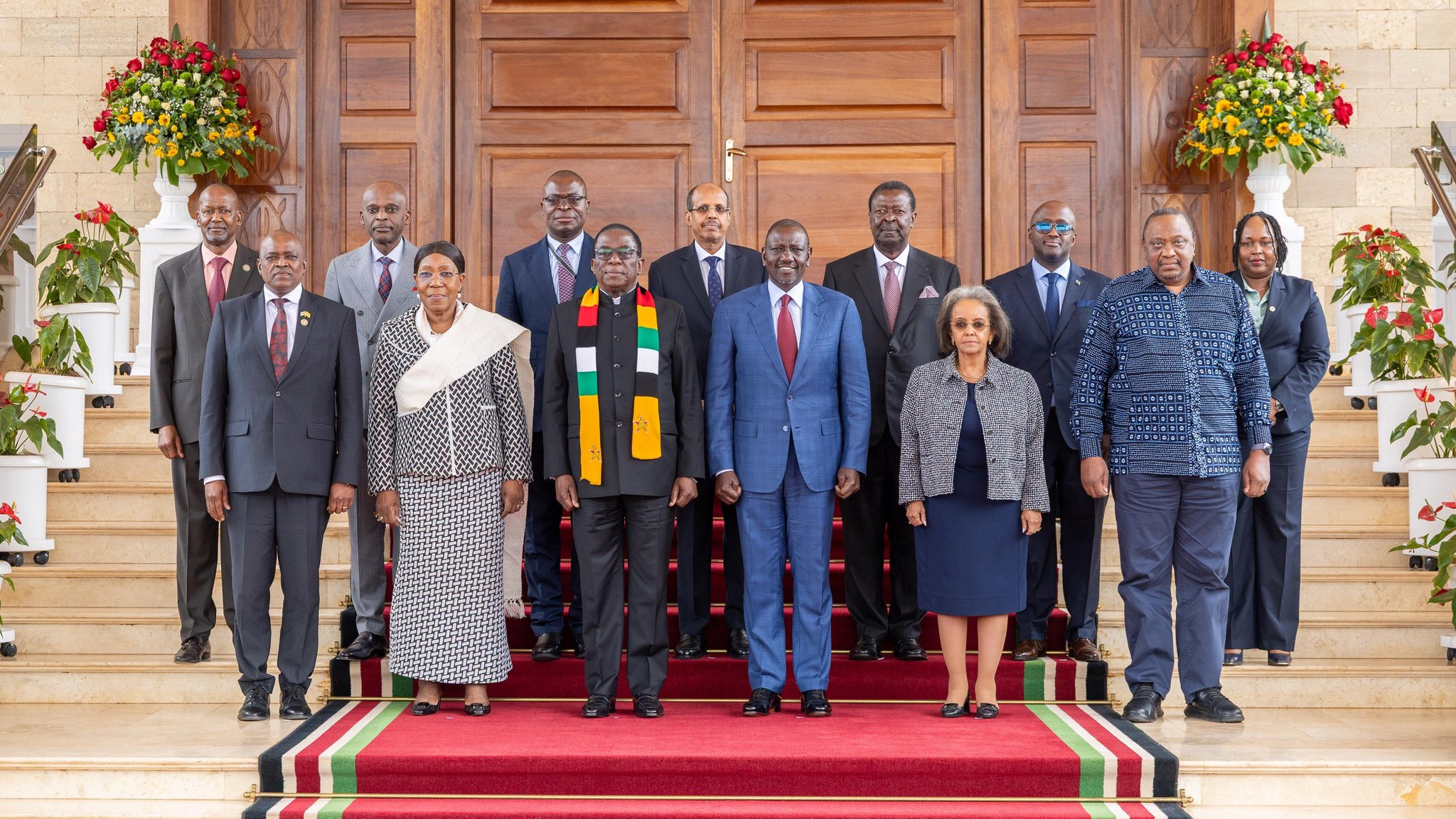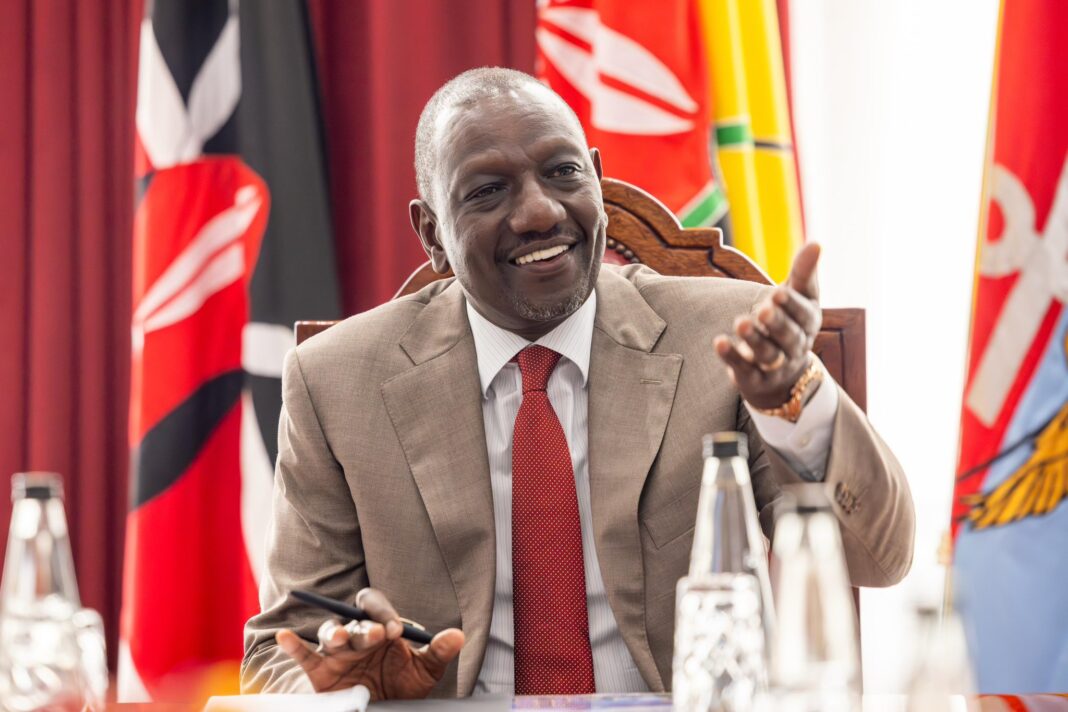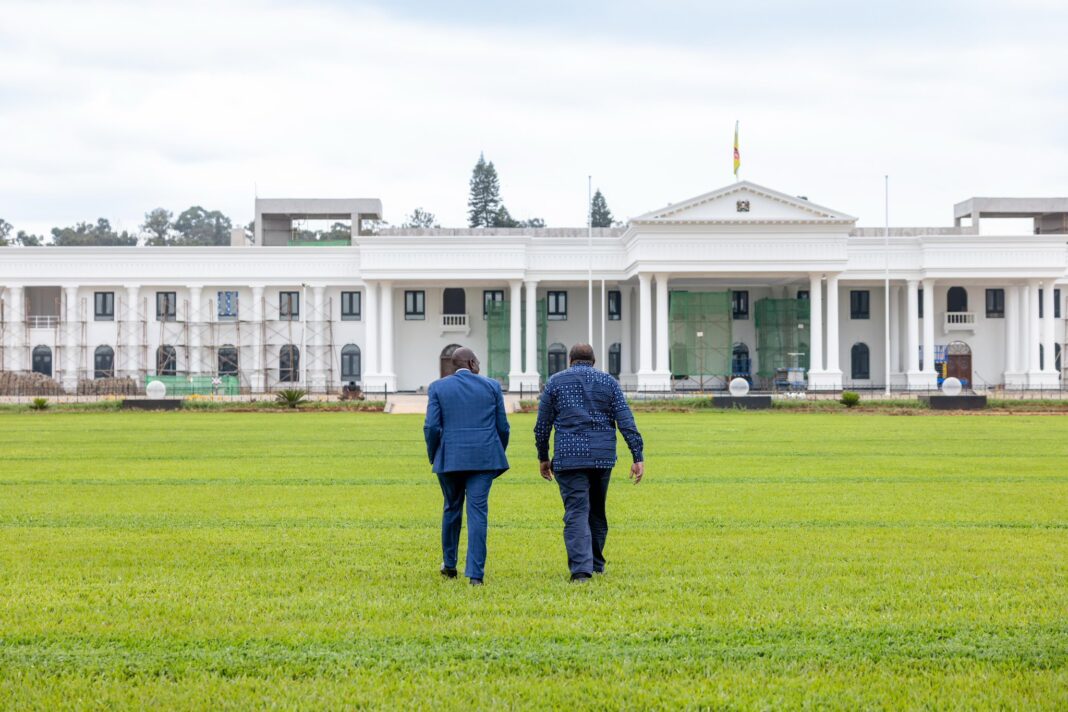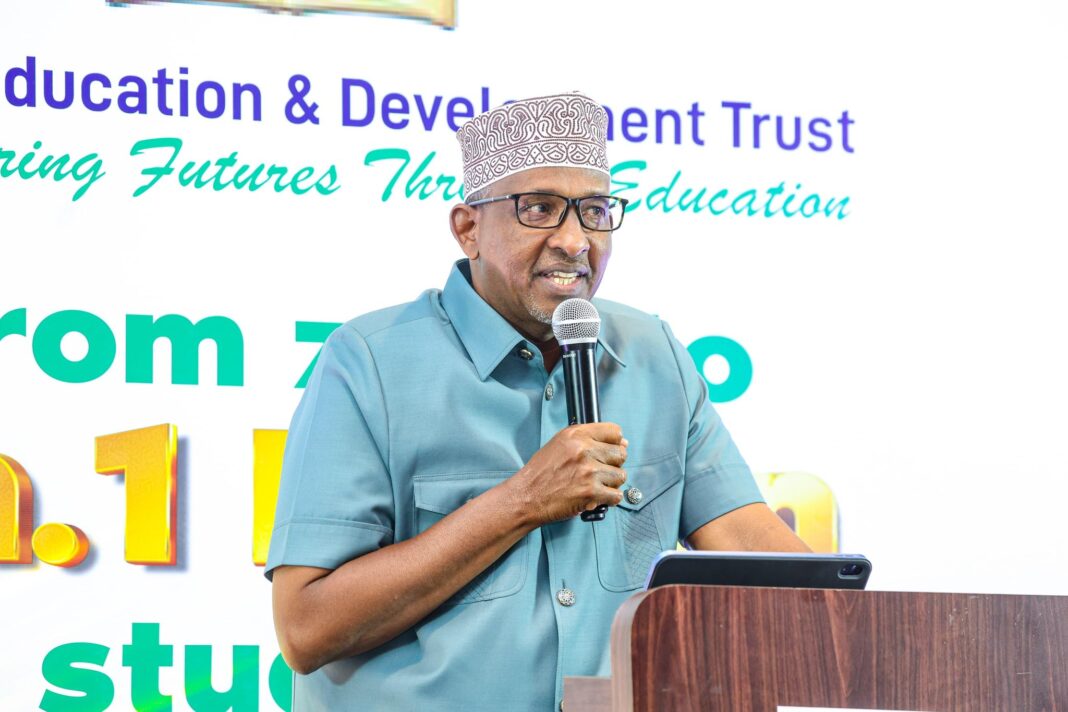In a bold move that could reshape the African response to the crisis in the Democratic Republic of the Congo (DRC), Kenya’s President William Ruto hosted a landmark summit in Nairobi on Friday, August 1.
The meeting, co-chaired with Zimbabwe’s President Emmerson Mnangagwa, brought together leaders and peace facilitators from the African Union (AU), East African Community (EAC), and Southern African Development Community (SADC).
For the first time, these major blocs agreed to merge their efforts into a single, African-led solution known as the Joint DRC Peace Framework.

Leaders Agree on Merging Regional Structures into Joint DRC Peace Framework
The Nairobi summit delivered a seismic shift in how Africa addresses the long-running DRC conflict. In a show of unity, the AU, EAC, and SADC agreed to immediately merge their individual peace and mediation frameworks into one joint structure.
This unified approach aims to eliminate the duplication of efforts, confusion among stakeholders, and ineffective mediation seen in the past.
The new framework will be overseen by a joint secretariat led by the African Union Commission (AUC). This body will coordinate the activities of all three blocs, streamlining operations, enhancing transparency, and ensuring that all peace initiatives speak with one voice.
During the summit, the leaders also agreed to harmonize the Terms of Reference (ToRs) for the AU Mediator and the EAC-SADC Panel of Facilitators. The goal is to define clear responsibilities, foster accountability, and improve coordination among mediators and peace envoys.
Notably, the summit included respected African figures such as former Nigerian President Olusegun Obasanjo, Central African Republic’s Catherine Samba-Panza, Ethiopia’s Sahle-Work Zewde, and Botswana’s Dr Mokgweetsi Masisi.
Kenya’s former president Uhuru Kenyatta, currently serving as a regional peace envoy, also played a central role in the high-stakes negotiations.
Unified Mediation to End Decades of Bloodshed
The DRC has endured armed conflict for decades. Despite efforts from AU, EAC and SADC, peace has remained elusive. The EAC launched the Nairobi Process in 2022, focusing on dialogue between rebel groups and the DRC government.
SADC has focused on humanitarian efforts and diplomacy. The AU has supported negotiations but has struggled to bring all sides to the table. The fragmented nature of these interventions led to inefficiency and competing mandates. That changes now.
With the Joint DRC Peace Framework, Africa is sending a strong message: a united approach is the only way forward. The leaders agreed to develop a single mediation plan by merging the Nairobi and Luanda Processes into one inclusive framework.
The inclusive plan will involve civil society, community leaders, women, and youth, ensuring that peace is not just negotiated in boardrooms but felt on the ground.
The summit also approved immediate resource mobilization to support peace operations and humanitarian relief. The AUC has been tasked with overseeing this process, ensuring that aid reaches civilians caught in the crossfire.
Funding will also support peace monitors and the logistics required to maintain ceasefires and enforce political commitments.
Next Steps and Why This Moment Matters
The Nairobi summit is not the end—it’s a beginning. A follow-up summit between the EAC and SADC is scheduled to take place within the next seven days.
Its main task will be to communicate the Nairobi resolutions to all member states, civil society actors, and foreign partners. The quick follow-up underscores the urgency leaders now attach to resolving the DRC crisis.
Analysts say the decision to merge regional efforts is long overdue. In the past, separate peace efforts by the EAC, SADC, and AU operated in silos. Often, the DRC government and rebel groups played one bloc against the other. The lack of coherence also made it harder for foreign donors and observers to coordinate support.
Now, with a joint secretariat and unified goals, Africa has a better chance of ending the bloodshed in eastern DRC. The new framework not only enhances coordination but places African solutions at the heart of the peace process.
President Ruto has been praised for providing the political space and leadership for this landmark shift. His hosting of the summit signals Kenya’s growing influence in continental diplomacy and security.
Whether the new structure will deliver peace remains to be seen. But for now, Africa has taken a bold step—and it is one that brings hope to millions affected by the DRC conflict.


